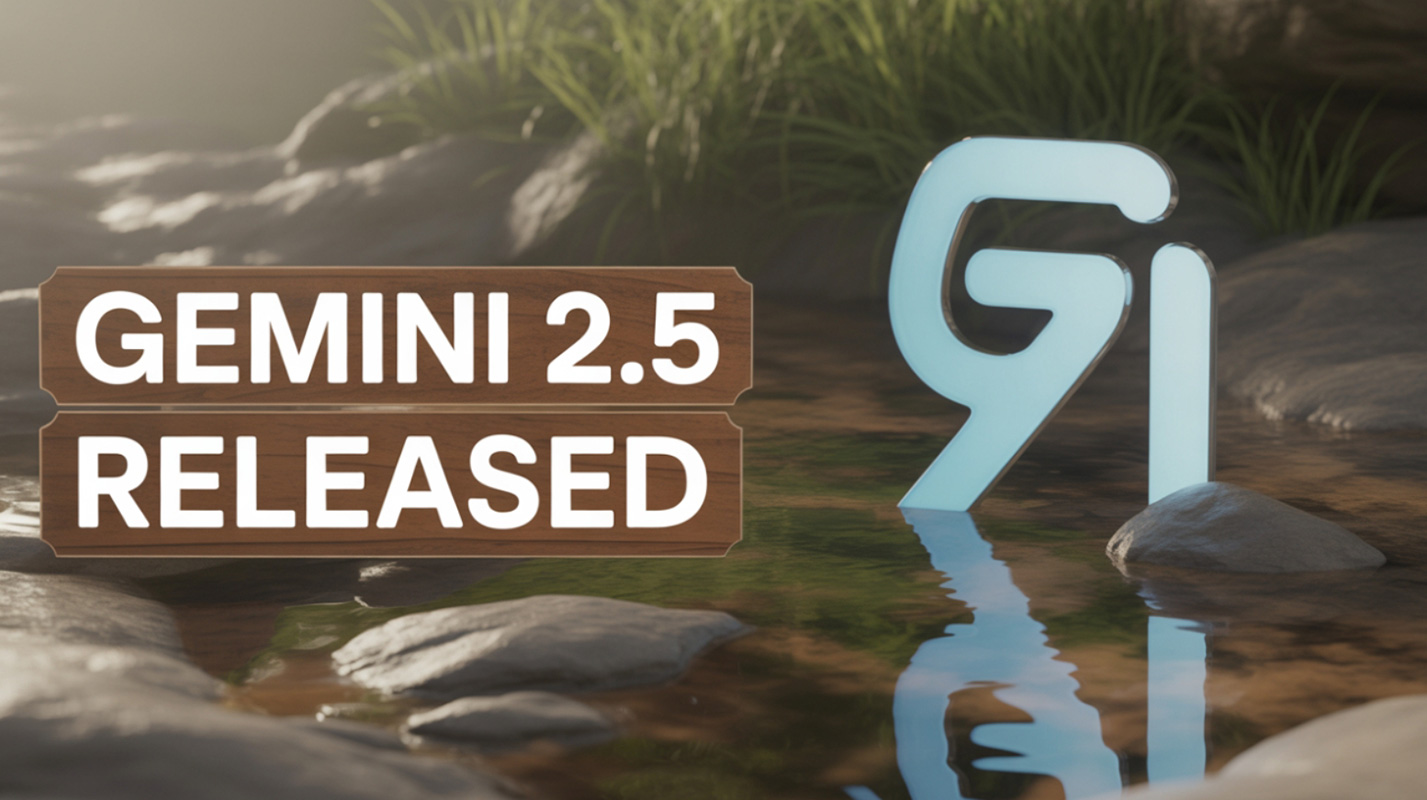Gemini 2.5 Flash-Lite Is Now Generally Available at just $0.10/1M Tokens– Google has officially launched Gemini 2.5 Flash-Lite, a cutting-edge addition to its Gemini 2.5 series of AI models. Priced aggressively at just $0.10 per 1M input tokens and $0.40 per 1M output tokens, this model is built for ultra-fast performance, low latency, and cost-efficiency. After rigorous testing in real-world enterprise scenarios, Flash-Lite has stepped out of preview and into full general availability on Google AI Studio and Vertex AI.
What Is Gemini 2.5 Flash-Lite?
Gemini 2.5 Flash-Lite is Google’s leanest and fastest large language model yet. Despite its small footprint, it delivers exceptional performance in real-time data processing, multimodal tasks, and enterprise workloads. Designed as a lighter alternative to Flash and Pro variants, Flash-Lite enables developers and businesses to build powerful AI-powered applications without incurring high computational costs.
Its general availability marks a significant milestone for developers needing performance and affordability without compromising output quality.
Key Features of Gemini 2.5 Flash-Lite
⚡ Speed-Optimized for Real-Time Applications
Gemini 2.5 Flash-Lite is fine-tuned for real-time inference. Whether you are processing live telemetry data, handling rapid translations, or powering interactive applications, Flash-Lite ensures ultra-low latency. This makes it ideal for mission-critical tasks like satellite diagnostics or global video translation platforms.
Industry-Leading Cost Efficiency
At $0.10 per 1M input tokens and $0.40 per 1M output tokens, Gemini 2.5 Flash-Lite is one of the most cost-effective LLMs on the market. This dramatically reduces the barrier to entry for startups and developers who want to scale without spending a fortune on AI infrastructure.
Superior Reasoning and Multimodal Understanding
Despite being labeled as “Lite,” the model excels in:
- Coding tasks
- Mathematical computations
- Scientific reasoning
- Text-image interpretation
It balances lightweight architecture with all-around performance, making it a versatile choice for developers in virtually any domain.

Enterprise Use Cases: Proven in Real-World Scenarios
Google has provided compelling evidence of Gemini 2.5 Flash-Lite’s utility across several industries.
1. Satlyt – Satellite Data and Telemetry Optimization
Satlyt, a space data platform, has integrated Flash-Lite to power its decentralized space computing network. It uses the model to:
- Summarize vast telemetry data in real time.
- Reduce data latency for in-orbit diagnostics.
- Cut down power consumption by up to 30%, improving operational efficiency.
2. HeyGen – Multilingual Video Translation
HeyGen, a synthetic video company, leveraged Flash-Lite to translate video content into 180+ languages, allowing businesses to engage with global audiences without language barriers. This showcases the model’s ability to:
- Handle large-scale multimedia tasks.
- Provide instant language adaptation for enterprise media.
3. DocsHound & Evertune – Long-Form Video Processing and Reporting
Both companies used Flash-Lite to speed up long video analysis and report generation. By offloading processing tasks to the model, they achieved:
- Faster content analysis.
- Accelerated internal documentation workflows.
- Enhanced productivity in technical content generation.
How to Use Gemini 2.5 Flash-Lite in Your Code
Starting July 22, developers can use Flash-Lite by referencing “gemini-2.5-flash-lite” in their AI pipelines.
Available in:
- Google AI Studio
- Vertex AI
No new setup is required if you’re already building on Google Cloud. Switch the model reference and enjoy the benefits of lower costs and faster performance.
Why Gemini 2.5 Flash-Lite Matters for Developers and Startups
In AI, speed and cost are crucial factors when scaling up. Gemini 2.5 Flash-Lite offers a practical solution by minimizing compute loads while retaining high reasoning capacity. It’s the perfect match for early-stage tech builders, app developers, and innovation teams looking to integrate intelligent assistants, summarization bots, translation engines, and more.
With this release, Google signals that accessible AI is not just a vision—it’s a reality. This model allows small teams to leverage high-performance AI with minimal budget, encouraging broader adoption and experimentation.
Comparison with Other Gemini 2.5 Models

Who Should Use Gemini 2.5 Flash-Lite?
This model is tailor-made for:
- Startup founders are building MVPs.
- Mobile developers are creating lightweight AI experiences.
- IoT platforms need instant processing and low latency.
- Digital marketers are working with massive translation and content workflows.
- Educational platforms for real-time tutoring and Q&A systems.
Flash-Lite is a solid match if your business needs real-time feedback loops, rapid deployment, and low cloud compute costs.
How to Get Started with Gemini 2.5 Flash-Lite
- Sign in to your Google Cloud account.
- Navigate to AI Studio or Vertex AI.
- Set your model to “gemini-2.5-flash-lite”.
- Start building and testing your AI workflows.
- Monitor latency, cost, and output for optimal performance.
Wrap Up: A Turning Point in AI Democratization
The general release of Gemini 2.5 Flash-Lite is not just a technical update—it’s a signal. A signal that Google is committed to making AI accessible, efficient, and scalable for everyone, from indie developers to enterprise clients. This model closes the gap between speed, quality, and affordability.
With proven success in industries like aerospace, media, education, and healthcare, Gemini 2.5 Flash-Lite is already setting new standards for what affordable AI can do.

Selva Ganesh is a Computer Science Engineer, Android Developer, and Tech Enthusiast. As the Chief Editor of this blog, he brings over 10 years of experience in Android development and professional blogging. He has completed multiple courses under the Google News Initiative, enhancing his expertise in digital journalism and content accuracy. Selva also manages Android Infotech, a globally recognized platform known for its practical, solution-focused articles that help users resolve Android-related issues.




Leave a Reply